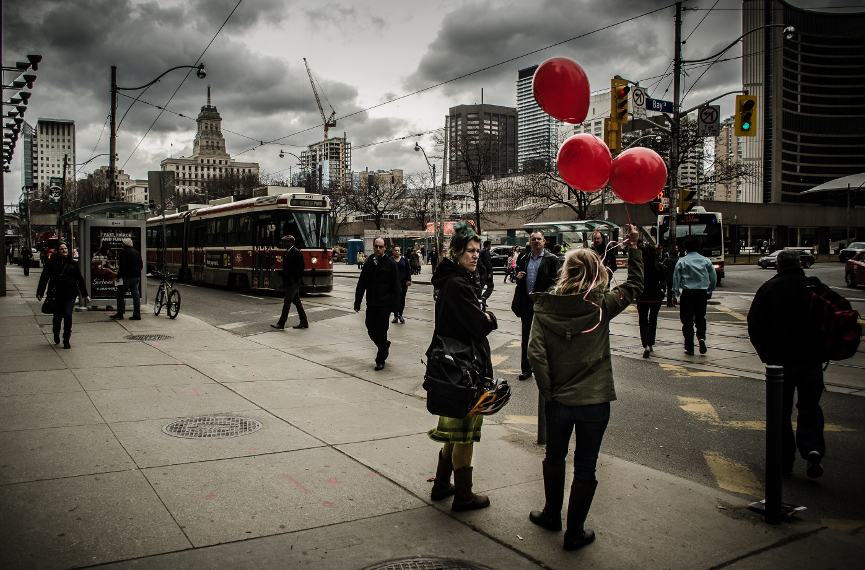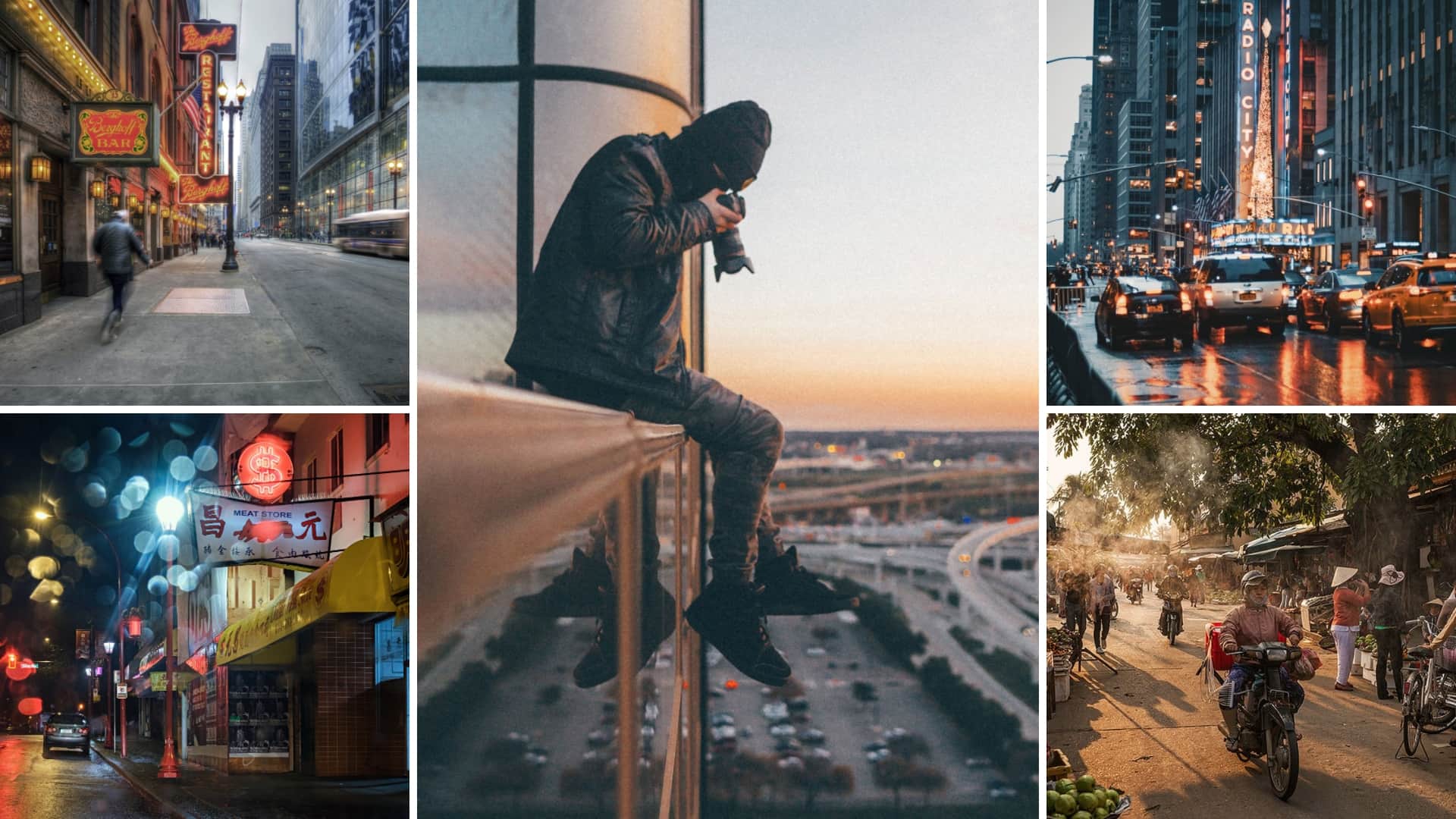The 3-Minute Rule for Framing Streets
Excitement About Framing Streets
Table of ContentsGetting The Framing Streets To WorkThe smart Trick of Framing Streets That Nobody is DiscussingThe Greatest Guide To Framing StreetsWhat Does Framing Streets Do?The Ultimate Guide To Framing StreetsEverything about Framing Streets
, generally with the purpose of recording photos at a decisive or touching moment by cautious framing and timing. https://www.openstreetmap.org/user/framingstreets1.
Some Known Incorrect Statements About Framing Streets
Susan Sontag, 1977 Street photography can concentrate on individuals and their actions in public. In this respect, the street photographer is similar to social docudrama professional photographers or photojournalists who also operate in public locations, however with the objective of catching relevant events. Any of these photographers' pictures might record individuals and property visible within or from public areas, which typically entails browsing ethical concerns and regulations of privacy, security, and home.
Representations of daily public life develop a genre in nearly every period of globe art, starting in the pre-historic, Sumerian, Egyptian and early Buddhist art durations. Art managing the life of the road, whether within views of cityscapes, or as the leading theme, shows up in the West in the canon of the North Renaissance, Baroque, Rococo, of Romanticism, Realistic look, Impressionism and Post-Impressionism.
Our Framing Streets Statements
Louis Daguerre: "Boulevard du Holy place" (1838 or 1839) In 1838 or 1839 the initial photo of numbers in the street was tape-recorded by Louis-Jacques-Mand Daguerre in one of a pair of daguerreotype sights taken from his studio home window of the Blvd du Holy place in Paris. The 2nd, made at the elevation of the day, reveals an uninhabited stretch of road, while the various other was taken at about 8:00 am, and as Beaumont Newhall reports, "The Boulevard, so continuously filled up with a moving bunch of pedestrians and carriages was perfectly solitary, other than a person who was having his boots brushed.
His boots and legs were well specified, however he is without body or head, because these were in motion." Charles Ngre, waterseller Charles Ngre. https://codepen.io/framingstreets1/pen/NWJrZWo was the initial digital photographer to achieve the technological refinement needed to sign up people in motion on the why not try this out street in Paris in 1851. Professional Photographer John Thomson, a Scotsman collaborating with journalist and social protestor Adolphe Smith, published Street Life in London in twelve month-to-month installations beginning in February 1877
Get This Report about Framing Streets
Eugene Atget is considered as a progenitor, not because he was the initial of his kind, however as a result of the popularisation in the late 1920s of his record of Parisian roads by Berenice Abbott, that was motivated to undertake a comparable paperwork of New york city City. [] As the city established, Atget helped to advertise Parisian roads as a worthy topic for photography.

All about Framing Streets
The chief Mass-Observationists were anthropologist Tom Harrisson in Bolton and poet Charles Madge in London, and their initial record was produced as guide "May the Twelfth: Mass-Observation Day-Surveys 1937 by over two hundred onlookers" [] Window cleaner at Kottbusser Tor, Berlin, by Elsa Thiemann c. 1946 The post-war French Humanist College photographers located their subjects on the road or in the restaurant. In between 1946 and 1957 Le Groupe des XV annually displayed job of this kind. Andre Kertesz. Circus, Budapest, 19 May 1920 Street photography developed the significant content of two exhibitions at the Museum of Modern Art (Mo, MA) in New York curated by Edward Steichen, 5 French Photographers: Brassai; Cartier-Bresson, Doisneau, Ronis, Izis in 1951 to 1952, and Post-war European Photography in 1953, which exported the idea of street photography globally.

The 6-Second Trick For Framing Streets
The recording machine was 'a concealed cam', a 35 mm Contax hidden underneath his layer, that was 'strapped to the upper body and connected to a lengthy cord strung down the best sleeve'. His job had little modern impact as due to Evans' sensitivities concerning the originality of his project and the privacy of his topics, it was not published until 1966, in the publication Lots of Are Called, with an introduction composed by James Agee in 1940.
Helen Levitt, then an instructor of kids, associated with Evans in 193839. She documented the transitory chalk illustrations - Lightroom presets that were component of kids's road culture in New York at the time, along with the youngsters who made them. In July 1939, Mo, MA's brand-new digital photography section consisted of Levitt's job in its inaugural exhibitionRobert Frank's 1958 book,, was considerable; raw and usually out of emphasis, Frank's images questioned traditional digital photography of the moment, "challenged all the formal policies set by Henri Cartier-Bresson and Pedestrian Evans" and "flew in the face of the wholesome pictorialism and genuine photojournalism of American publications like LIFE and Time".